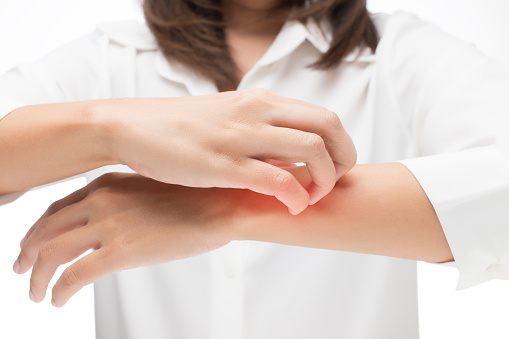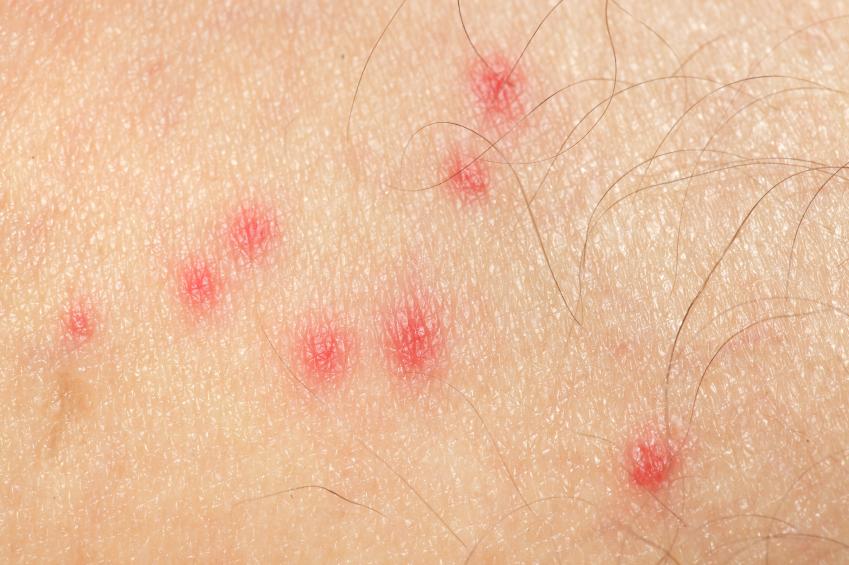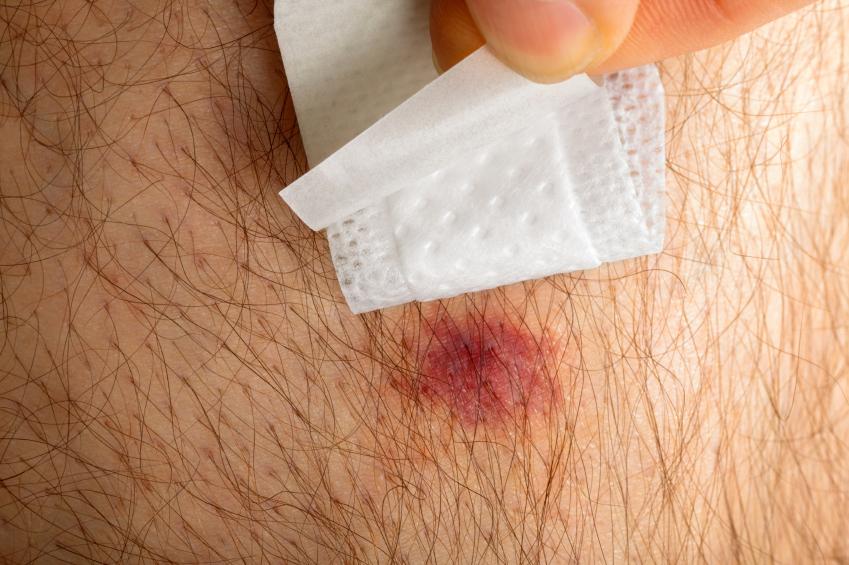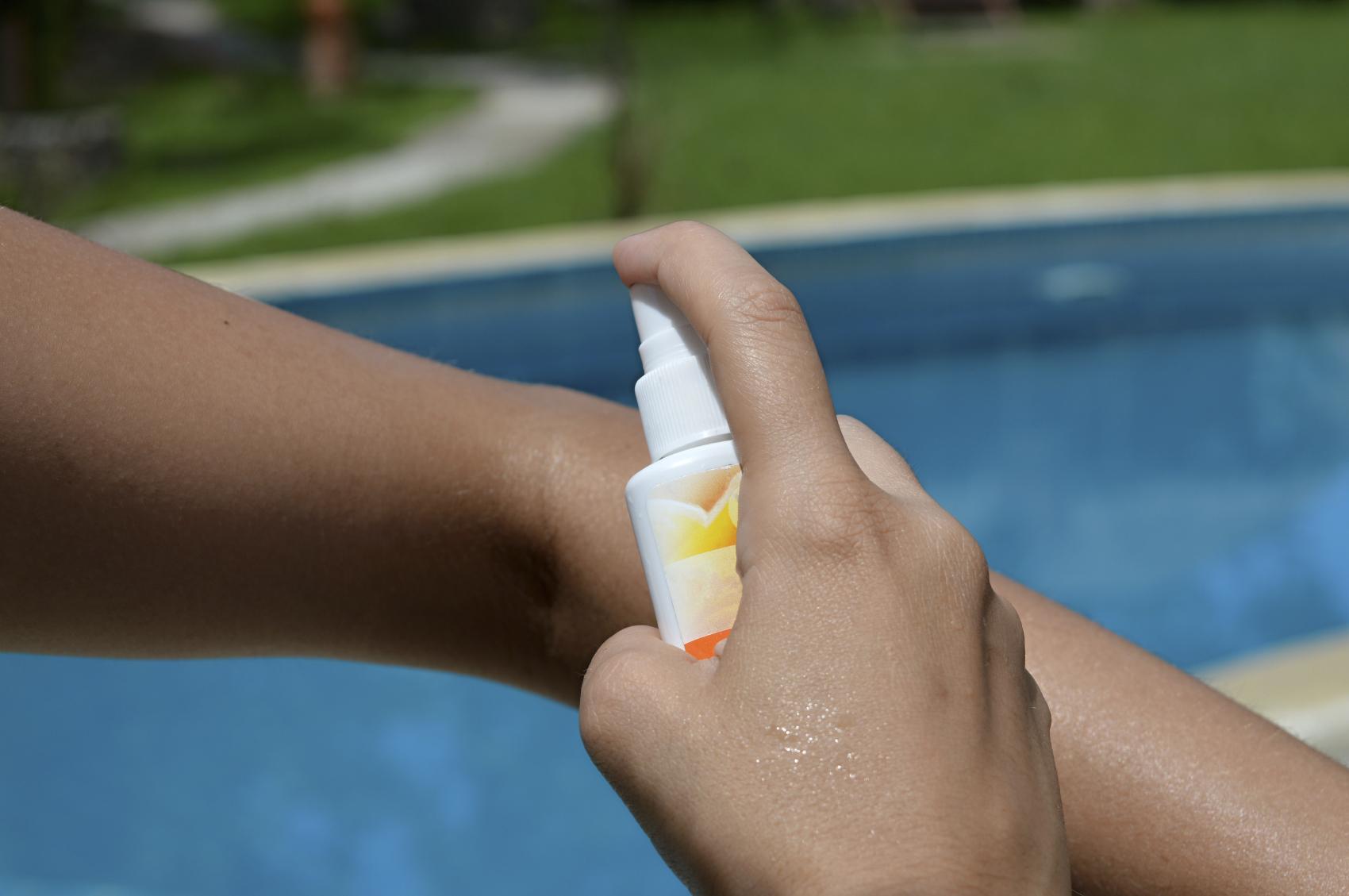 Summer is just around the corner, and with it comes the potential for an onslaught of bug bites.
Summer is just around the corner, and with it comes the potential for an onslaught of bug bites.
Bugs are everywhere: in the water, on a hiking trail, or in your backyard, and they may bite if they’re provoked, threatened, or, for some bugs, just hungry.
Most bites are nothing to worry about and are more annoying than anything else, but some bites, like flea bites, tick bites, or spider bites, can carry potential health hazards, or can even be deadly if you have severe allergies and don’t get treatment quickly enough.
Therefore, bug bite identification is a useful skill, as knowing the difference between, say, flea bites vs. bed bug bites will inform your actions after being bitten. Does the bite need a home remedy or two, or do you need to seek medical care immediately?
Identification of Bug Bites
If you want to stay bite free, prevention is your best option. Bug bites can be itchy, swollen, painful, and even leave scars, depending on the bug. The worst-case scenario is if you have an allergic reaction or catch an illness such as West Nile, Zika, or Lyme disease (which can take months to recover from).
You can learn to identify bug bites with the handy list below. It also features bedbug bite identification pictures (among others), to help you know what to look for.
1.Bedbug bites:
Bedbug bite identification is done by observing a row of two or more red marks on the skin. Some people develop a mild or severe allergic reaction to the bug’s saliva around 24 hours to three days later, which results in a raised welt that’s extremely itchy and inflamed for days. These bites can show up anywhere on the body, but typically show up on neck, face, arms, and hands; places that are typically not covered up.
2.Mosquito bites:
These bites leave itchy bumps that appear after the mosquito punctures your skin and feeds on your blood. They typically disappear after a few days, but can be incredibly itchy. It can in some cases cause swelling, soreness, and redness.

Mosquito bites leave itchy bumps that appear after the mosquito punctures your skin and feeds on your blood.
3.Tick bites:
Some ticks carry disease, such as Lyme disease, so getting a bite from a tick can be more cause for concern. Approximately 30,000 cases of Lyme disease are reported each year in the United States. Ticks like to hide in shrubbery and greenery, so it’s a good idea to cover up when walking in the woods or tall grass. Many tick bites have no symptoms, but tick bite identification can be done by looking for signs of an allergic reaction: swelling, inflammation, redness, and blisters. Lyme disease will be noticeable by the telltale bullseye rash. Otherwise, you will simply notice the tick burrowed in your skin.
4.Brown recluse spider bite:
You will find these spiders in attics and closets in the Midwestern and Southern states. The spiders are yellowish-tan to dark brown, and have darker colored legs. Their venom is toxic, and their bite can sometimes cause serious wounds and infection, but you may not know you have been bitten for a while. Brown recluse bite identification is determined by the sore that follows the bite.

Brown recluse spider bites: Their venom is toxic, and their bite can sometimes cause serious wounds and infection.
5.Flea bites:
You might start to notice a flea bite within hours after being bitten. The bite will present in groups of three or four, not just a single bite. You may experience itching, hives, and swelling around the site; it might be sore, and a rash of small, red bumps that could bleed will show up as well. The rash will become white if pressure is applied, and it typically gets larger before it gets better. Your ankles are the more likely spot for flea bites, but you can find them in your armpits, on your waist, and in the crooks of your knees and elbows.
6.Chigger bites:
Chiggers are a type of mite that inject their saliva into the skin so they can liquefy and eat it. The skin around the bite will harden in response, whereas the skin a little further outside the bite is irritated and inflamed. Chigger bite identification is fairly easy because eventually, an itchy red welt will develop.

Want to prevent bug bites? Roll up those sleeves and wear bug repellent when you go outside, especially if you plan to be in a heavily wooded area.
How to Prevent a Bug Bite
Preventing bug bites is simple if you follow some basic tips:
Bug repellent:
Wear bug repellent when you go outside; and there are natural versions of these repellants if you prefer to go that route. But if you plan to be in a heavily wooded area, it’s still best to use a commercial product because it will be your best defense.
Long-sleeved tops:
Wear long-sleeved tops, pants, socks, and shoes when going into tall grass or woods, especially when it’s damp. Insects love being out during those times and they will feast on you if you aren’t covered up and wearing some kind of repellent.
Clean house:
The best way to get rid of bed bugs is to keep a clean house, which also means vacuuming your bed every month to suck up whatever critters may have burrowed their way into your mattress.
When to See the Doctor
Bug bite identification knowledge can help when trying to treat symptoms at home, but sometimes it can only go so far. If a bite does not disappear within a few days, becomes extremely tender and sore, and seems to be getting worse (e.g., if pus-filled sacs or blisters have formed, or if signs of an allergic reaction have cropped up) please see your doctor as soon as possible.
Read Next:
Sources for Today’s Article:
“Bad Bugs Slideshow: Identifying Bugs and Their Bites,” Web MD web site;
http://www.webmd.com/allergies/ss/slideshow-bad-bugs, last accessed April 28, 2016.
“What Caused this Bug Bite?” Healthline web site;
http://www.healthline.com/health/bug-bites, last accessed April 28, 2016.
“What Bit Me? Spot These 12 Bug Bites,” Everyday Health web site;
http://www.everydayhealth.com/skin-and-beauty-photos/how-to-identify-common-bug-bites.aspx#02, last accessed April 28, 2016.
“Mosquito Bites,” Mayo Clinic web site;
http://www.mayoclinic.org/diseases-conditions/mosquito-bites/basics/definition/con-20032350, last accessed April 28, 2016.
